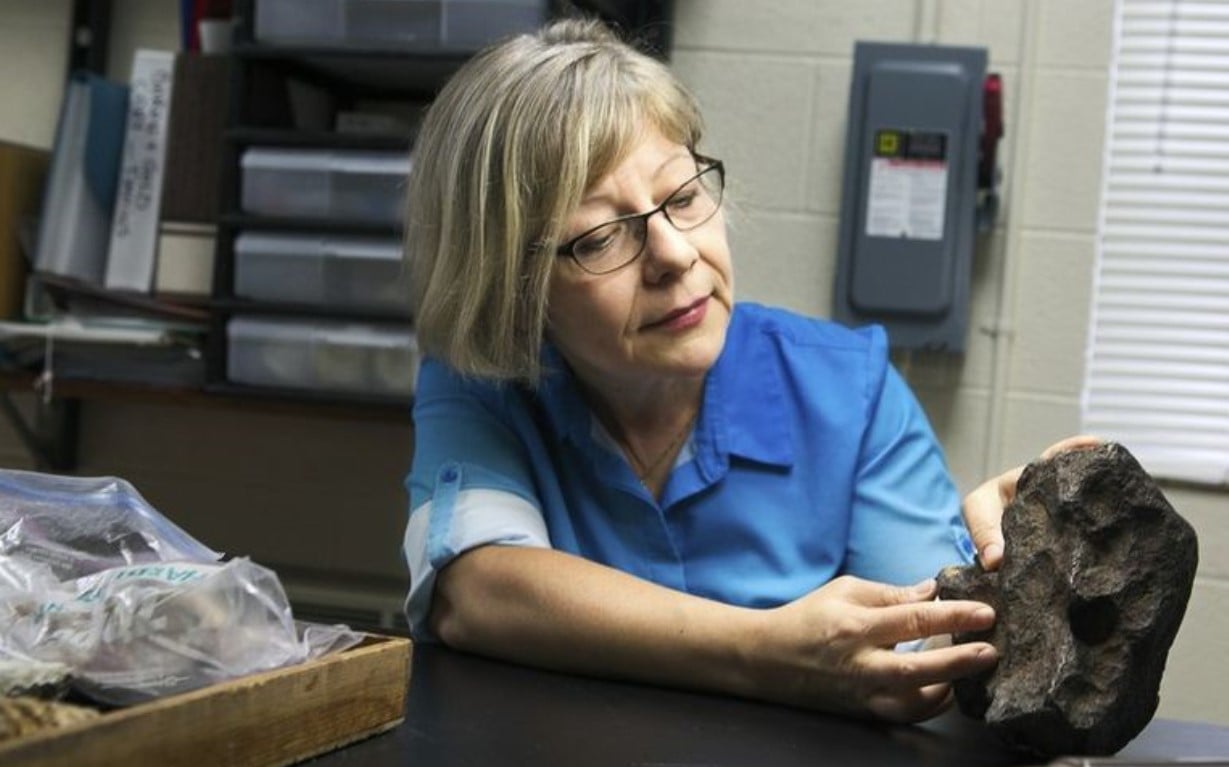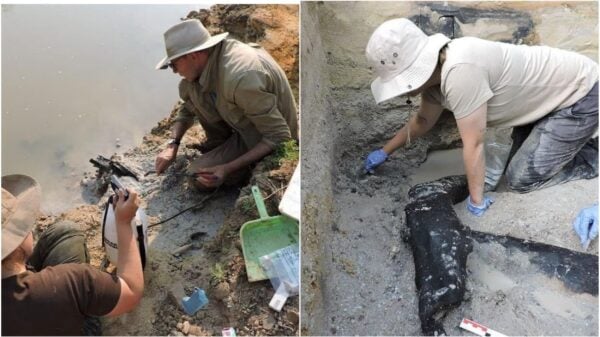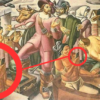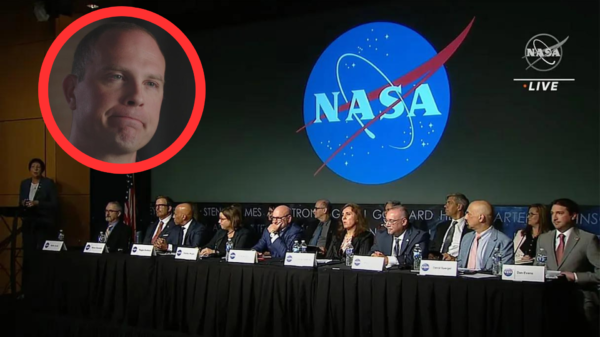In an extraordinary turn of events, a seemingly ordinary rock used as a doorstop at a Michigan farm has been identified as one of the largest meteorites ever recorded in the state. The space rock, which had been inconspicuously placed at a local residence for several decades, remained unrecognized by experts until over 80 years after its original discovery.
The meteorite weighed in at approximately 10 kilograms (22 pounds) and had rested unobtrusively at David Mazurek’s Grand Rapids farm. However, its true nature was unveiled only when he sought the expertise of Mona Sirbescu, a geologist at Central Michigan University (CMU).
Mazurek approached Sirbescu with a request for her to examine the rock, suspecting its unique origins. Sirbescu, with her extensive experience in the field, has frequently been consulted on the identification of meteorites. She said, “For 18 years, the answer has been categorical ‘no’, … not meteorites,” However, this particular specimen was different. Sirbescu said, ”It’s the most valuable specimen I have ever held in my life, monetarily and scientifically.”
Upon analysis, the rock was not only confirmed to be a meteorite but also one of significant distinction. It was found to be an iron-nickel meteorite with a notably high nickel content, constituting around 12 percent.
Tracing back the meteorite’s history, an intriguing tale came to light. When David Mazurek initially purchased the farm in Edmore, Michigan, in 1988, the previous owner had used the sizable rock to prop open a shed door. Upon inquiry, the previous owner informed Mazurek of its origins.
He recounted an incident from the 1930s when he and his father witnessed the meteorite’s fiery descent onto their property at night. He recalls the moment, remembering ” it made a heck of a noise when it hit”. Following its significant impact, they found the meteorite the next morning, having left a crater in its wake. To their astonishment, the rock was still warm when they retrieved it from the ground.
In an unexpected gesture, the previous owner explained to Mazurek that the meteorite was deemed part of the property and would now be Mazurek’s to keep. Oblivious to its value and origin, Mazurek continued using the meteorite as a doorstop. However, he did occasionally lend it to his children to take to school for educational purposes.
It wasn’t until years later, when Mazurek observed a growing interest in meteorites and their potential value, that he considered having his own specimen evaluated.
The revelations regarding the rock’s value were astounding. Meteorites, given their rarity and immense scientific value, can command high price tags. Mona Sirbescu elucidated the typical paths for such finds: “Meteorites can either be sold and displayed in a museum or purchased by collectors and sellers looking to profit.”
Ultimately, Mazurek decided to sell the meteorite, now known as the Edmore meteorite, to Michigan State University’s Abrams Planetarium. In recognition of the efforts of CMU and
Mona Sirbescu, generously pledged 10 percent of the sale to CMU’s Earth and atmospheric sciences department.
The meteorite was sold for a significant sum of $75,000, a price reflecting its rarity and scientific importance.


















